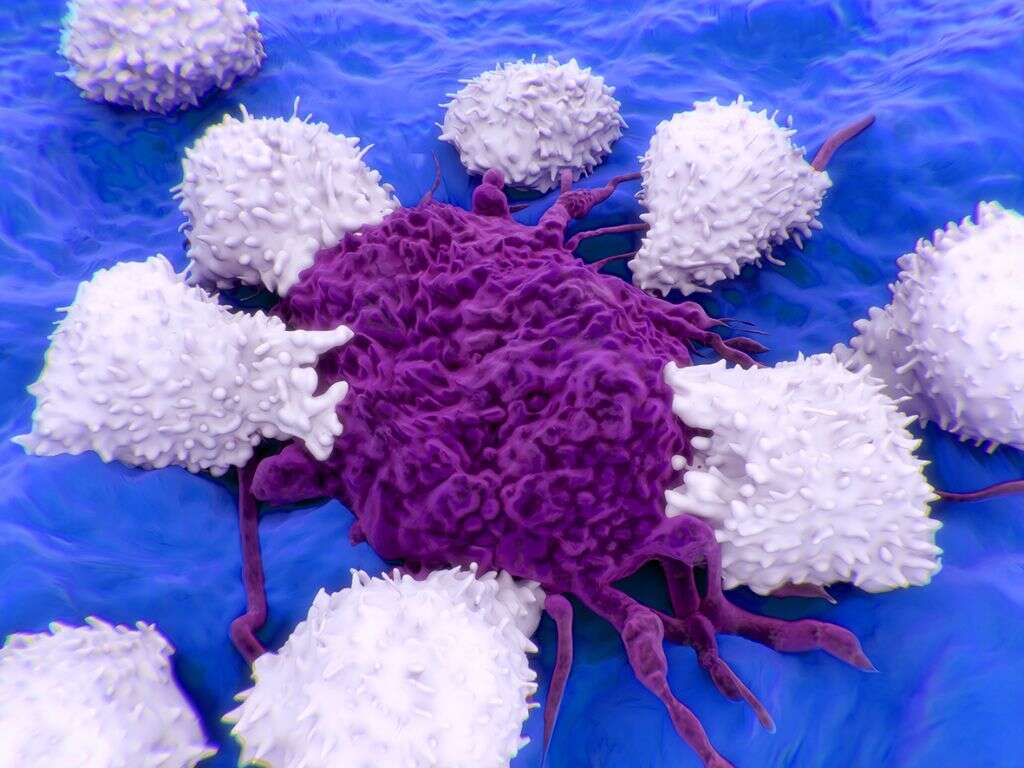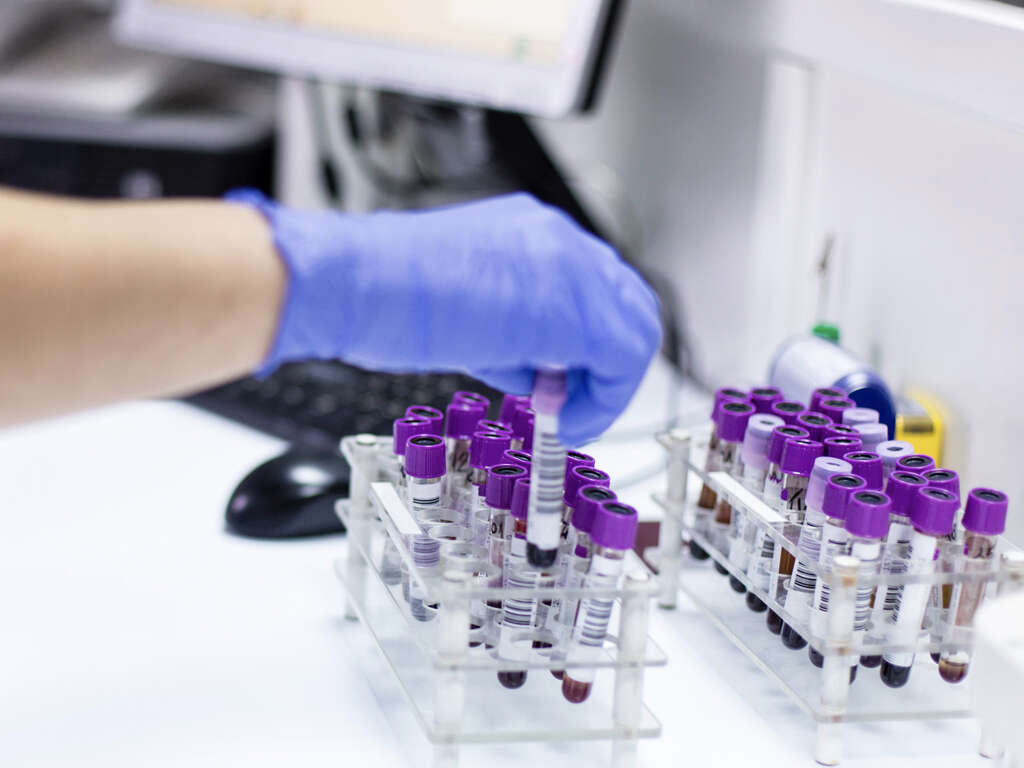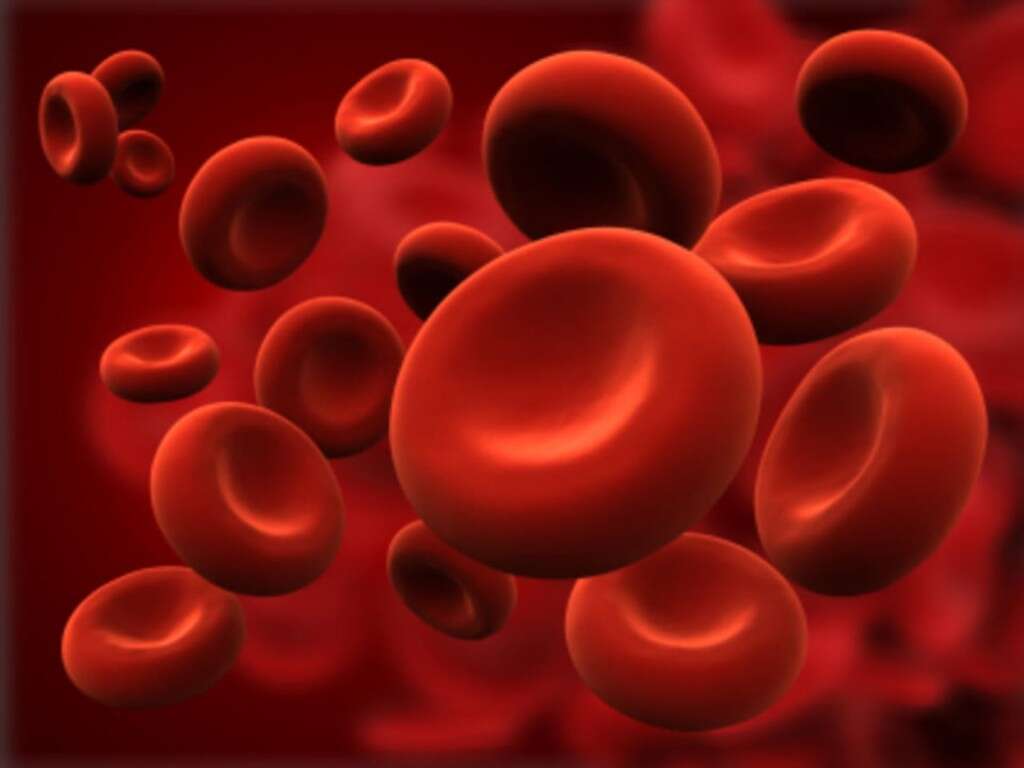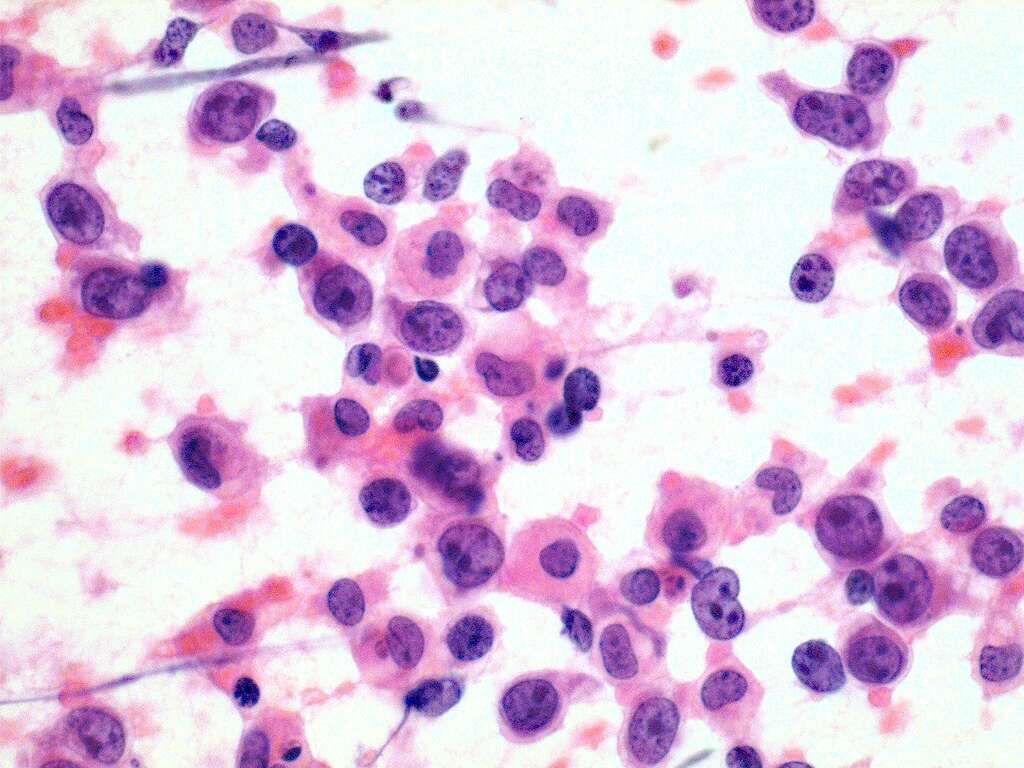10 Leukemia Symptoms
Leukemia is a group of cancers of the blood cells. It begins in the bone marrow where the blood cells are produced. In your body, the white blood cells function to fight against infections, red blood cells transport oxygen throughout the whole body, and platelets contain clotting factors to assist in blood coagulation in case of injury. In leukemia, there is an abnormally high amount of abnormal white blood cells that grow faster and does not stop growing. With time, these abnormal cells (also known as leukemia cells or blasts) crowds out the normal blood cells causing issues such as anemia, infections, and bleeding.
The leukemia cells may also spread to other organs and lymph nodes causing swelling and pain. The diagnosis is usually made through a blood test or bone marrow biopsy. While the exact mechanism of how leukemia occurs is unknown, experts believe that it is due to a combination of factors such as genetics and environmental. There are four types of leukemia: acute myeloid leukemia (AML), acute lymphoblastic leukemia (ALL), chronic myeloid leukemia (CML), and chronic lymphocytic leukemia (CLL).
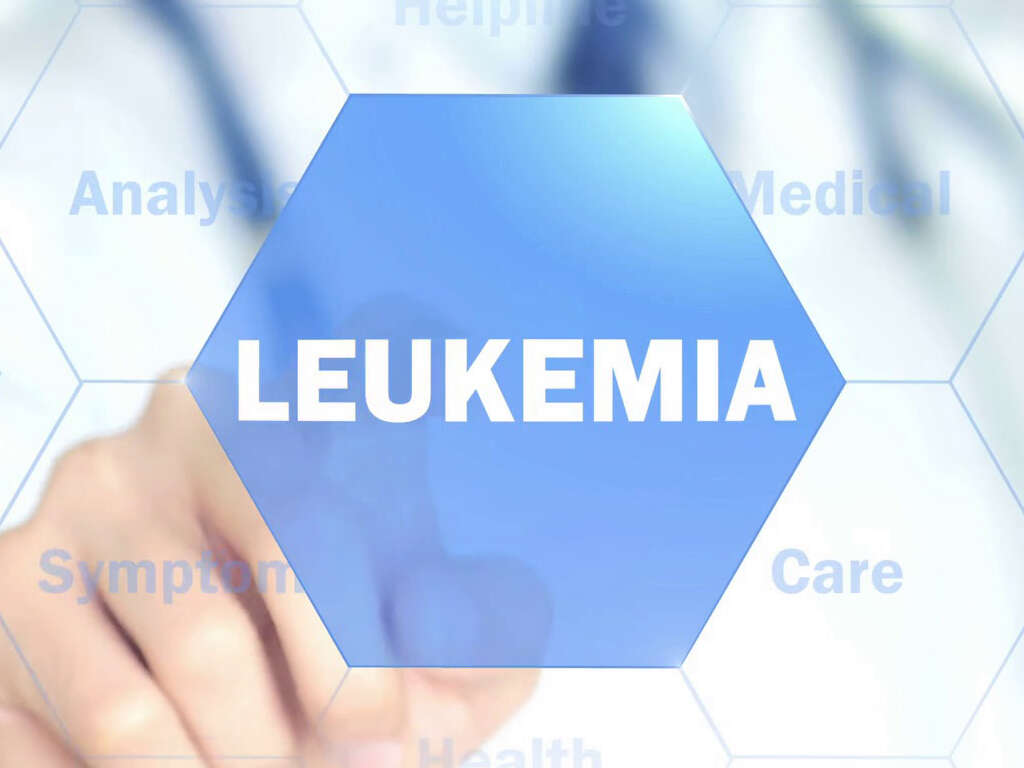
Symptom #1: Loss of Weight
Just like any other cancer, patients with leukemia may experience unexplained weight loss. In some cases, there may also be loss of appetite and this can be attributed as the cause of weight loss.
However, if you are not actively trying to lose weight and you find that you are losing more than two pounds a week or that your clothes no longer fit as well, it might be worth getting examined by your doctor. Weight loss occurs when the demands of your body exceeds the calories you are consuming. Excessive weight loss in leukemia is associated with poor outcomes.

Symptom #2: Fever and Chills
Fever and chills are not specific to leukemia and can be seen in any infection. However, in individuals affected with leukemia, they tend to have a fever frequently which is usually low-grade and accompanied with chills. Chills can be described as a feeling of coldness despite being in room temperature.
It occurs due to the increased set point of body temperature causing the body to repeatedly contract the muscles in an effort to reach that temperature. If you are experiencing persistent fever and chills for a week or two despite taking over the counter medication, it is best to seek medical attention to find out the underlying cause.

Symptom #3: Lymphadenopathy
The term lymphadenopathy is used to describe lymph nodes that are abnormal in consistency, size, or number. The lymph nodes help to filter the blood. In leukemia, clusters of leukemia cells can collect in the lymph nodes causing them to become swollen.
In leukemia, swollen lymph nodes are most commonly seen in the neck, collarbone area, armpit or groin as they are closest to the surface. Other lymph nodes can be affected as well but can only be detected via imaging such as computed tomography (CT) or magnetic resonance imaging (MRI) scans. Swollen lymph nodes in leukemia are usually painless.
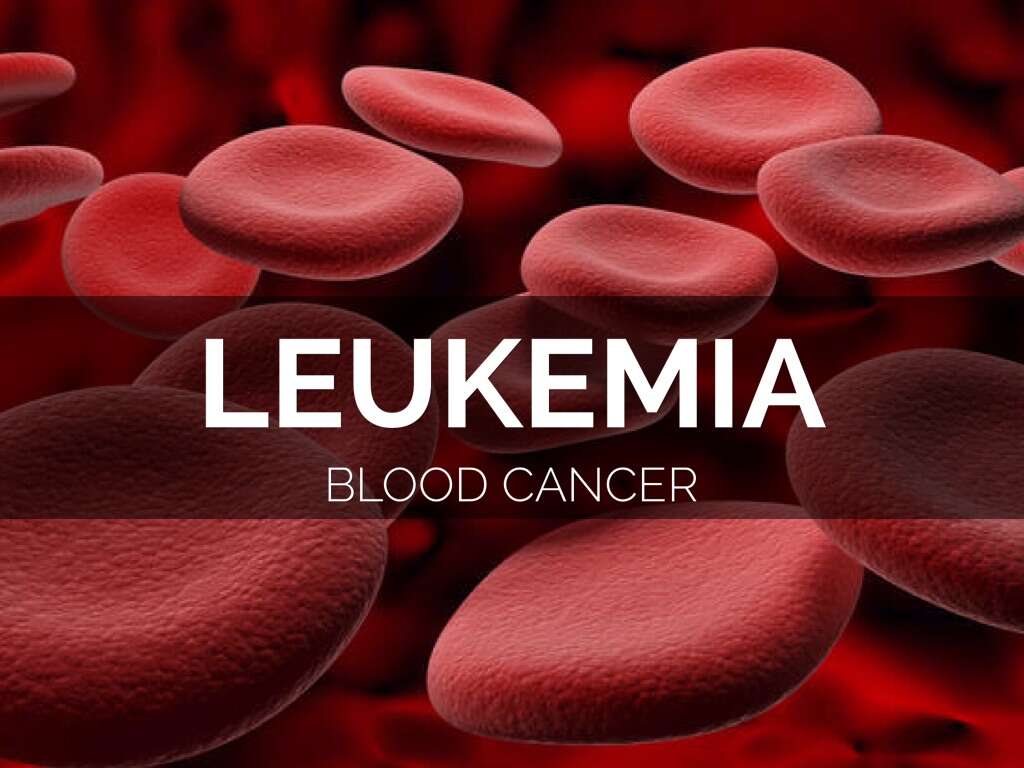
Symptom #4: Night Sweats
Night sweats is a term that describes excessive sweating at night. Of course, if your bedroom is too warm of if you are covered by too many layers, this is normal. True night sweats refer to severe hot flashes at night causing your clothes and sheets to be drenched in sweat.
There are many other causes of night sweats but is also an early symptom in some cancers. If you are experiencing this issue, discuss it with your doctor to rule out cancer and other harmful disorders.

Symptom #5: Bone and Joint Pain
In leukemia, the bone marrow produces abnormal white blood cells that are known as leukemic cells or blasts. Due to the overcrowding of cancer cells in the bone marrow, bone pain can occur. The leukemic cells can also form a mass surrounding the spinal cord’s nerves as well as the joints.
In acute lymphoblastic leukemia, 25% of patients experience bone pain at the onset of the disease. Bone pain is most commonly felt in the long bones of the arms, legs, sternum, and ribs as these sites are where blood cells are produced. After bone pain begins, joint pain may develop in large joints such as shoulders and hips.
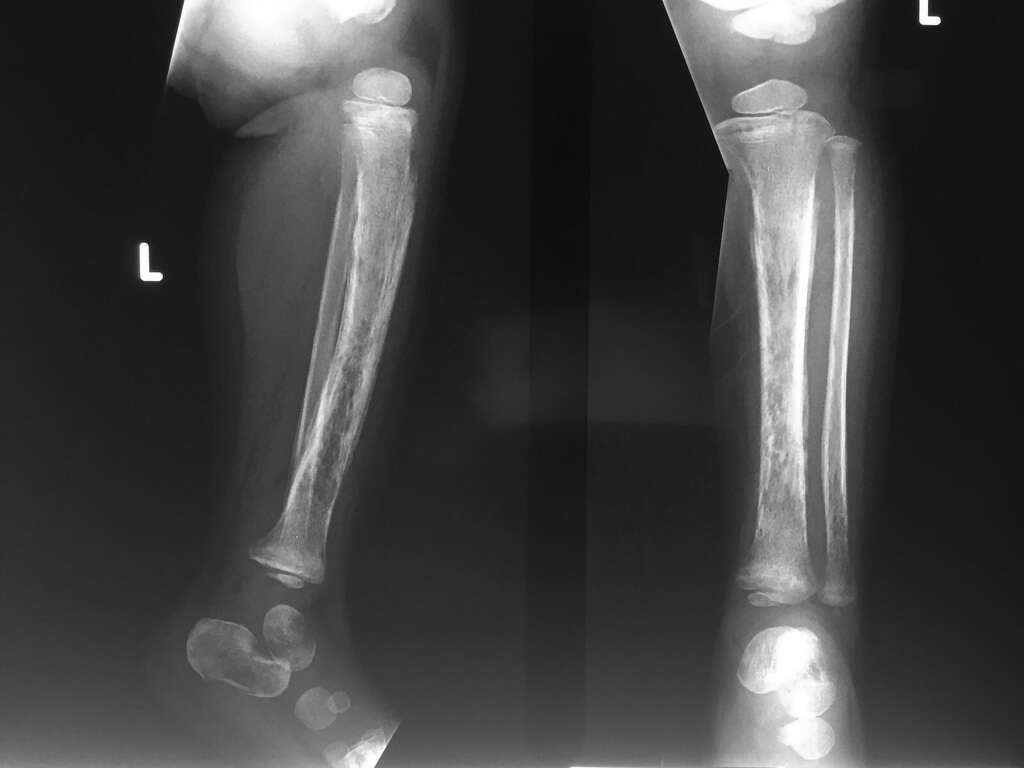
Symptom #6: Tiredness
A non-specific symptom, lethargy, fatigue, or weakness can be seen in many other diseases. In leukemia, since the affected individual has anemia (low levels of red blood cells), there is also decreased ability to supply oxygen to the whole body as there are not enough red blood cells to perform this function. The feeling of fatigue is often much more severe compared to the tiredness that is alleviated with rest.
Many patients have described it as a weakness in the muscles along with difficulty concentrating. It can be a distressing issue as patients are often left having to enlist help from others as they can no longer cope with their daily routines. Affected individuals are encouraged to have a light exercise routine and ensure they have adequate nutrition (can be supplemented with vitamins).

Symptom #7: Bruising
Individuals affected with leukemia often bruise easily. This occurs as the bone marrow that produces blood cells now produces mostly abnormal white blood cells leading to anemia (low red blood cells) and thrombocytopenia (low platelet counts). Since platelets function to maintain blood coagulation, low levels of platelet cause easy bruising even with small bumps or falls. It also means that you will be bleeding more and longer if you sustain an injury.
Besides bruising, low platelet counts also result in bleeding from the gums (when you brush your teeth), nose bleeds, bleeding after passing motion and more. On your skin, you may even notice pinpoint red dots which are called petechiae.
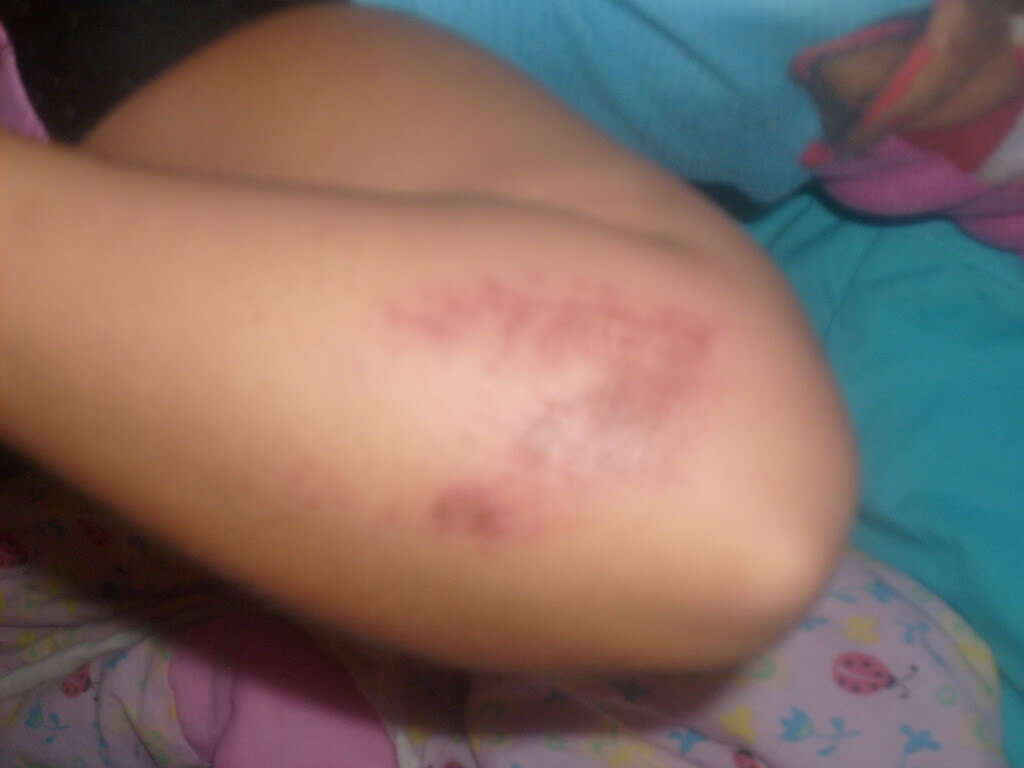
Symptom #8: Abdominal Discomfort
In leukemia, the build up of abnormal white blood cells can cause splenomegaly (enlargement of the spleen) and hepatomegaly (enlargement of the liver).
The enlargement of both these organs reduces the intraabdominal space causing increase pressure in the abdomen. This leads to a feeling of fullness and distension of the stomach contributing further to the loss of appetite and discomfort. Pain may be present in some cases.

Symptom #9: Headaches
In more advanced cases of leukemia, spread to the brain and spinal cord can cause headaches. It can also cause weakness, vomiting, issues with balance, seizures, blurred vision, change in consciousness, and facial numbness. Some experts also believe that the excessive white blood cells can cause obstruction in the blood vessels of the brain contributing to the headaches.
Since it is a non-specific symptom, many patients tend to take an over the counter medication without paying too much attention to it. If you are experiencing persistent headaches with other possible symptoms of leukemia, consult your doctor as soon as possible.

Symptom #10: Frequent Infections
In the body, white blood cells function to fight against infections. In leukemia, while there are excessive amounts of white blood cells, these white blood cells are abnormal and cannot function properly to help fight against infections.
Patients with leukemia will therefore tend to have recurrent infections and experience frequent illnesses. Due to the compromised immune system, it can be hard to overcome these infections. During treatment for leukemia (chemotherapy), more blood cells are further damaged increasing the risk of infection.




